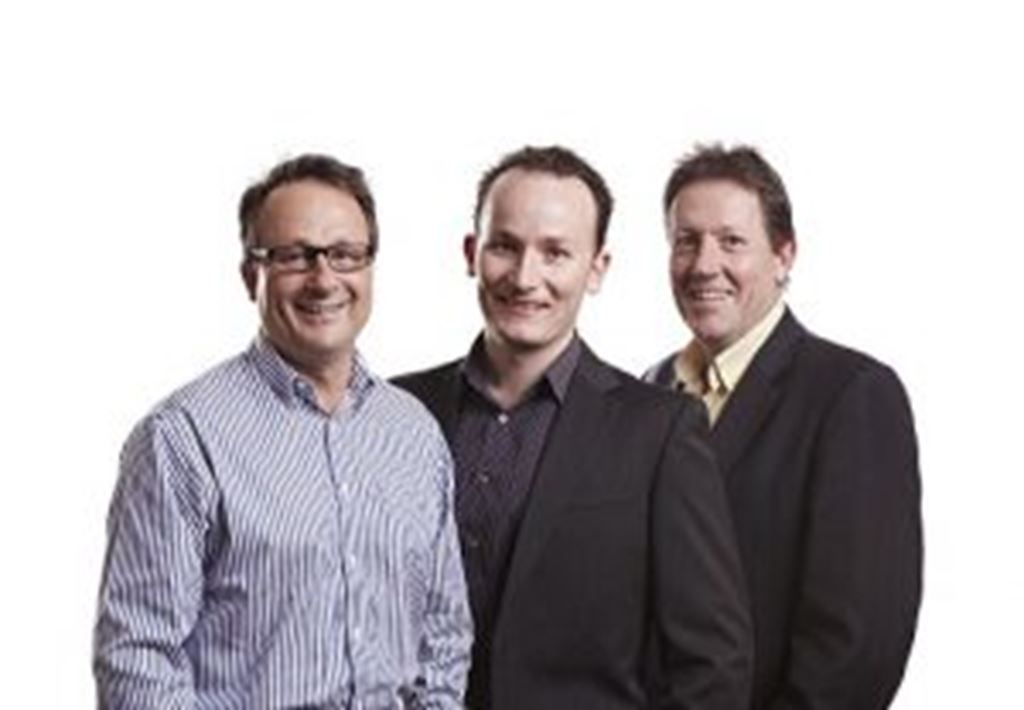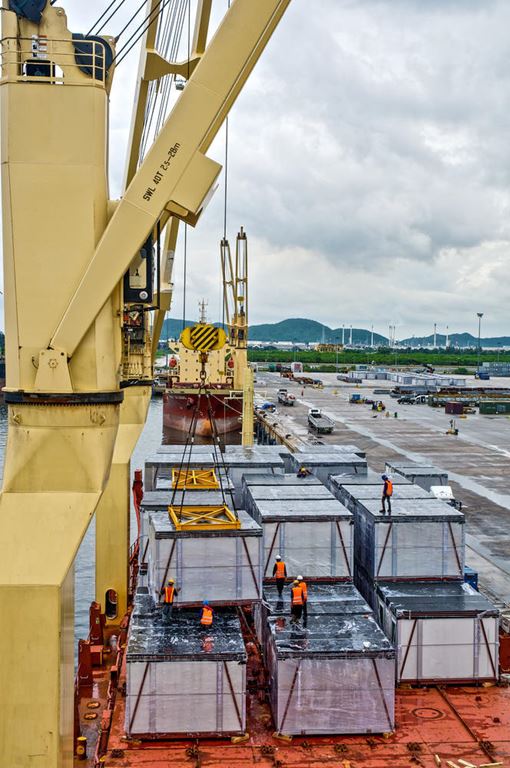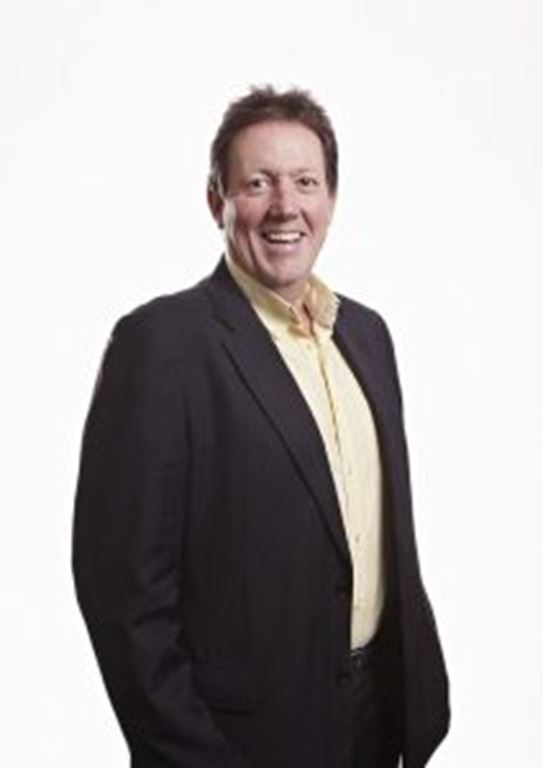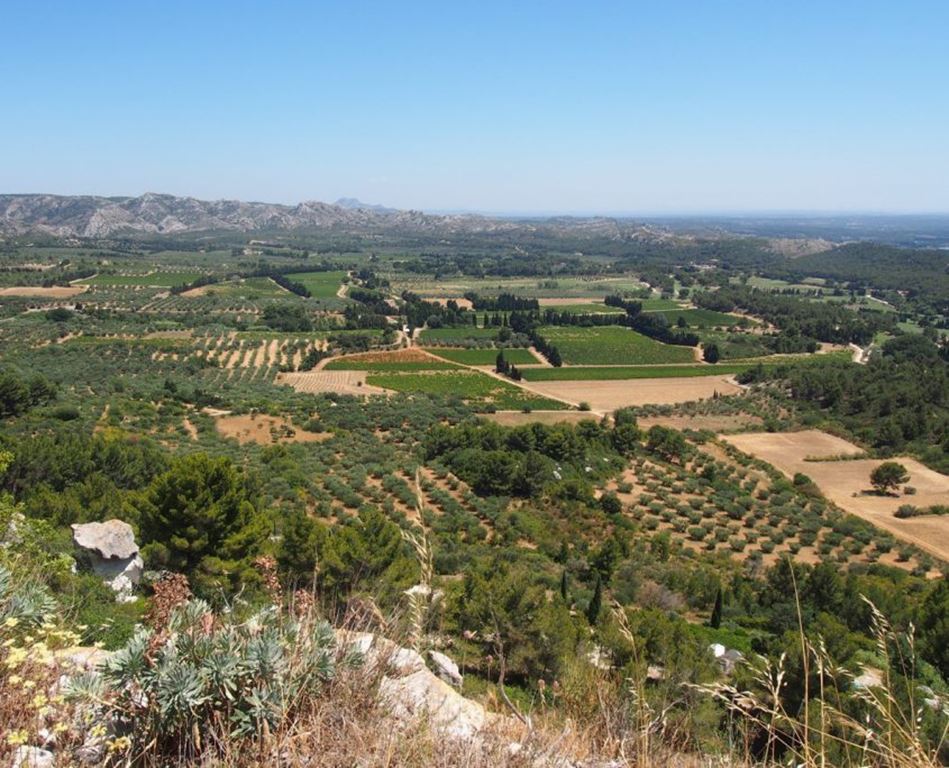Meet Our Consultant Team

If we can assist please call Peter, Simon or David on 03 9882 2500 or email;

It is with much anticipation and pleasure to let you know that on Monday 18th September, following seven enjoyable years at Camberwell, we relocated to a more comfortable and spacious office in Balwyn.
Here are the details for your records:
• Street address: Suite 11, Level 1, 255 Whitehorse Rd, Balwyn Vic 3103
• Mailing address: PO Box 1200, Greythorn Vic 3104
• Phone: 03 9882 2500 (no change)
• Fax: 03 9882 2944 (no change)
• Email: teamfirstpoint@firstpointgroup.com.au (no change)


If we can assist please call Peter, Simon or David on 03 9882 2500 or email;
So, you have been in your home for a little while now and are making good progress on clearing your home loan. As your home loan reduces and hopefully the value of your home is increasing, the equity you have in your home is increasing as well. For example, when you first purchased your home for $500,000 a couple of years ago and borrowed a loan amount of $400,000, you had a Loan to Value Ratio (LVR) of 80%. Today, your property may now be worth $550,000 and you have been able to reduce your home loan to $385,000, or even lower if you have been making additional repayments which of course saves you interest! Based on today’s loan amount and property value, your LVR is now 70%.
As lenders generally charge mortgage insurance when the LVR is over 80%, you now may be able to borrow an extra $55,000 with minimal costs (perhaps a lender application fee) providing you have sufficient income and borrowing capacity for the higher amount. You now have the option to set up a new investment split of $55,000 to invest how you choose. This could be for shares, a different variety of managed investment facilities or even the deposit on an investment property.
Keeping in mind that your home is one of the most important assets that you own, there are a few things you should consider first before proceeding to use the equity in your home for investment:
Opportunities
• Borrowing to invest (for property, shares etc) is a great way to establish your investment portfolio. This is because:
• It will take much longer to save $55,000 compared to borrowing the amount using the equity in your home, thus you can get started in investing much sooner, and
• Return on investments are often higher than the fees and interest paid associated with loans secured by property. The money you make from your investments is therefore greater than the money you pay on the loans’ interest
Risks
• The Australian dream of owning your own home debt free should still be a goal worth fighting for. Borrowing additional funds to invest may delay this
• If you have the option to borrow more funds, or work to pay off your home loan sooner, paying off your loan sooner is a much simpler way of saving on interest and becoming debt free
• Your home is where you raise your family and securing as much debt as possible towards it can lead to unnecessary stress and risk
Having trouble deciding the right thing to do? We are always happy to answer any questions you may have about this. We also work in close proximity to a fantastic group of Accountants and Financial Planners who can also assist you in finding the right thing to do. We are here to help!
First Point Group (FPG) was recently able to work with EFIC (Fed Government Export Finance Insurance Corporation) & ANZ Bank to deliver a working capital/trade finance solution for a rapidly growing exporter.
At the same time, we arranged transfer/refinance of the client’s personal mortgage from Bendigo Bank to ANZ. This was a case of a client outgrowing a smaller bank/Lender that suited their requirements in the early days of business but now required a smarter/more sophisticated type & higher level of funding to free up cash flow and allow further growth into overseas markets. After consideration by FPG it was determined ANZ was the best fit for the client when considering the overseas markets they operate in. A mix of trade finance facilities was at the core of the solution.


Please contact us to discuss which method of finance is best suited to your needs
What is Debtor/Invoice Finance?
• A working capital facility directly linked to the unpaid receivables, or debtors, of your business
• Instead of having to wait up to 90 days for your debtors to pay, you can access up to 80% of the approved invoice within 24 hours. The remaining 20% is available once the invoice is fully paid
• Similar to an overdraft facility where interest is charged on the drawn balance however the facility is not fixed – it can increase in line with the growth of your business
• No property security required, as with an overdraft facility. The security are the debtors of your business
How does it work?
• Your business makes sales to your customers on trade terms
• You invoice your customers
• The invoices are sold to the Lender
• The Lender funds up to 80% of the invoices within 24 hours
• The 20% is paid once the Debtor makes the full payment in 30, 60 or 90 days
Summary of benefits:
• Ability to access cash within 24 hours
• Ability to improve cash flow management. Very good for if your business experiences seasonal sales activity – and if you have slow paying Debtors (up to 90 days)
• Property security not required
• Ability to take advantage of supplier discounts
• Your business can also improve profits by removing discounts or incentives for early debtor payments
What does it cost?
• Interest rate: 8.5% +
• Establishment fee: 0.5% + of the facility limit
• Service/administration fee: 0.3% – 2.5% of the invoice amount
Please contact Peter, David or Simon if you feel your business will benefit from a Debtor Finance facility.
In mid-June of this year my wife Margie, our three adult children and I left Australia for a memorable family holiday in southern Ireland and the UK. Over recent years I have enjoyed a number of treks and adventures with good friends and this was a wonderful opportunity to spend some time with the family.
Our first stop was two nights in Dublin and we loved the Irish music and the happiness of its people, most likely influenced by the very moreish Guinness that seemed to be everywhere. We hired a car and travelled through narrow country roads to the very small village of Letterfrack on the West coast. We chose Letterfrack only as we liked the name and its relatively desolate location. The next day was south to Galway – one of our favourite Irish cities, followed by an evening in Killarney and then east to Kilkenny before returning to Dublin (via a quality game of Hurling).
Our four nights in London was quite inspiring, considering the numerous tragic events that have presented its people over so many years. The Londoners eat resilience and stoicism for breakfast and no matter the occurrence still frequent the many Bars, Pubs, Restaurants and Café’s throughout the city. Our kids loved the Harry Potter books and movies during their youth – so our next stop was north to Leavesden to visit the Harry Potter studio tour. Further north to York where we marvelled at the incredible York Minster and its famous choir, together with The Shambles – a street dating back to the days of William the Conqueror in 1086. Glasgow impressed as a city that has improved considerably since its industrial days. We enjoyed Glasgow’s many sites and even a little haggis which I understand is still considered to be illegal in the United States due to some of its ingredients.
The Scottish Highlands was a highlight for us all and we thoroughly enjoyed four nights in a B&B located near the site of a famous battle between two Scottish clans. The Isle of Skye provided not only picturesque castles and a rugged landscape but also the Talisker Distillery where we seemed to spend an inordinate amount of time.
The family split up at Edinburgh to each continue our travels separately. Margie and I flew to Paris, shortly followed by a very speedy and comfortable TGV train south for the start of a fantastic week- long bike and barge ride from Aigues-Mortes (west of Marseille) up the Rhone River to Avignon. This proved to be a very effective way of learning quickly about the geography of the Rhone Valley, its people, food, coffee and of course the very pleasant reds from Chateauneuf du Pape.
Back to Paris for our last night before reluctantly returning home to a very cold and wet Melbourne.

David Lamperd

Provence – South East France

 Banks Group Foundation – Golf Day 2017
Banks Group Foundation – Golf Day 2017